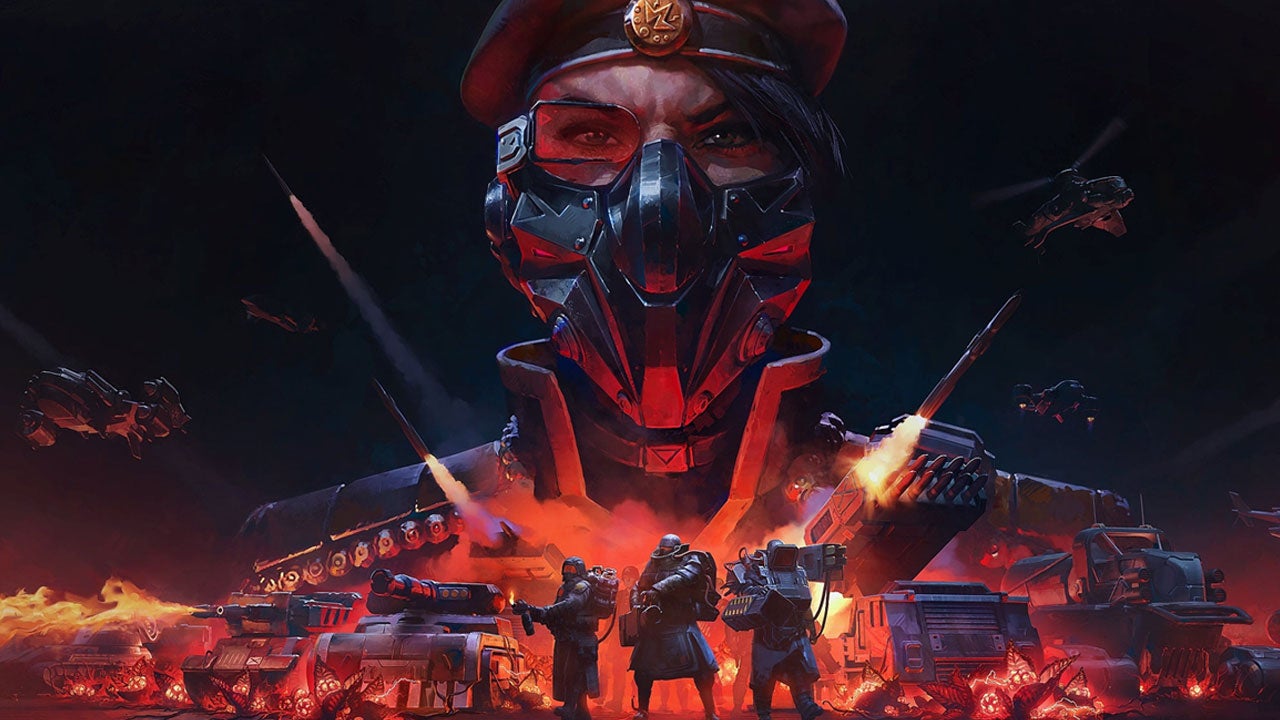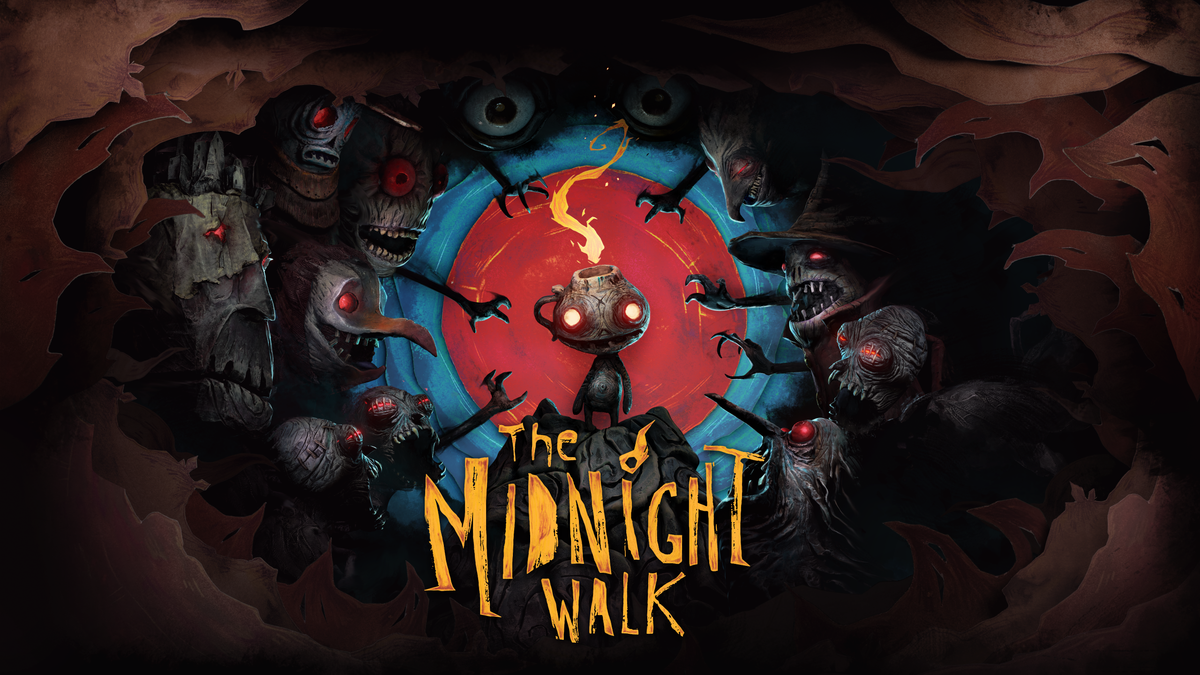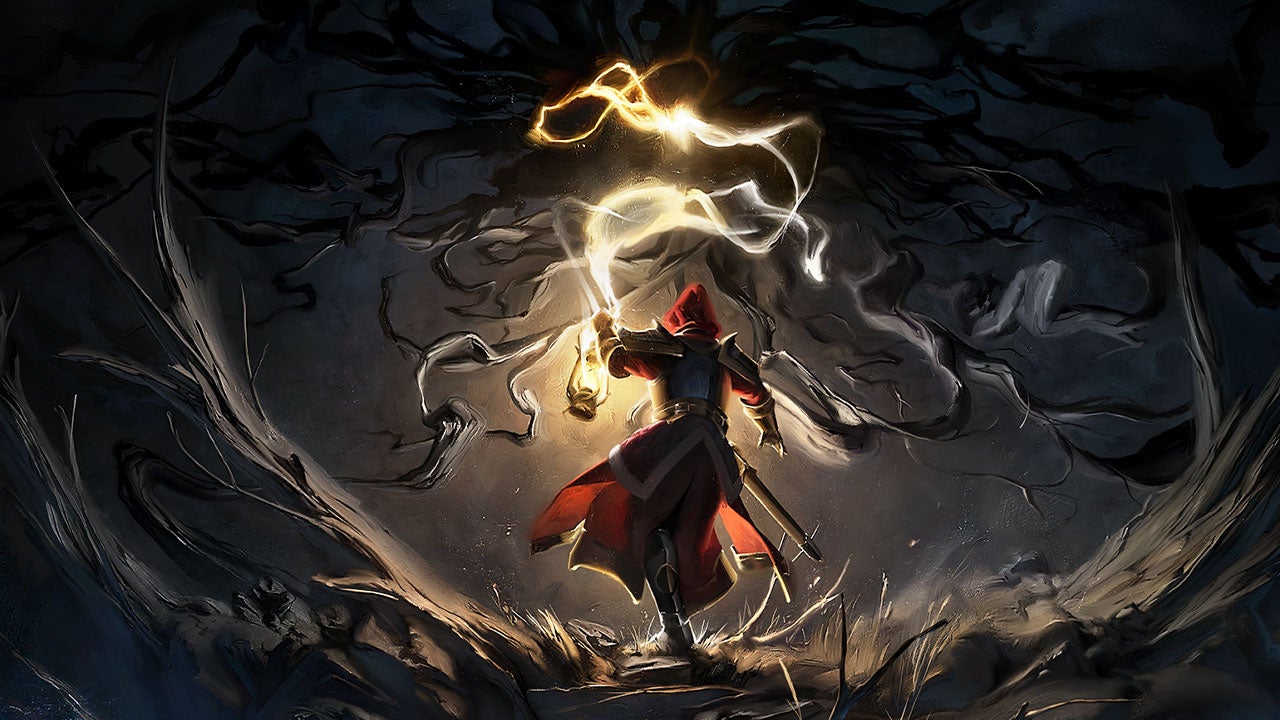Tempest Rising’s multiplayer delivers a faithful homage to the classic Command & Conquer style of real-time strategy, but it also feels like a cautious first step rather than a full leap into the genre. What’s currently available functions well enough, showcasing polished gameplay mechanics and two distinctive factions, but there’s no denying that it all feels somewhat barebones. With just nine maps and very limited match customization options across two- and four-player modes, the multiplayer comes across more as a foundational offering rather than a full-fledged experience. It’s the kind of setup that gives you a taste of the potential, but keeps you hungry for the rest of the meal. It may eventually flesh out into something more robust — particularly once the long-teased Veti faction joins the roster — but in its current state, it’s not quite ready to satisfy the appetites of strategy veterans.
Trying to analyze the balance between factions right now feels a bit premature. As with any newly launched multiplayer title, what seems overpowered today could be patched tomorrow or cleverly countered once the meta evolves. For example, many players seem to gravitate toward the GDF faction, likely due to their auto-regenerating drone swarms and powerful infantry-drone combos delivered via Skycrane transports. These units can rain havoc from a distance with minimal input, but history has shown us that these kinds of early dominant strategies often fall apart once someone discovers the right counter. So while certain tactics may feel overwhelming at the moment, it’s safe to assume their reign will be temporary.
Each faction in Tempest Rising does offer unique tools and units that give them personality and strategic depth. Dynasty, for instance, has some standout mechanics like their Scrap Trucks, which can quickly deploy repair turrets and allow you to erect pre-built structures on the fly. That opens up a lot of room for creative base building and tactical improvisation. There’s also plenty of room for skilled micromanagement, especially with transformable Trebuchet tanks, targeted artillery support, flying units, mine-laying tactics, and special abilities that disrupt enemy formations. Combine that with the constant demands of resource management and tech progression, and you’ve got the makings of an RTS sandbox that encourages high-skill play.
For fans of old-school strategy titles, there’s an immediate comfort in the structure of Tempest Rising. The tech trees, build paths, and even strategies like the sneaky engineer rush — where you commandeer an enemy’s base with a well-timed infiltration — all feel like a nostalgic return to form. If you used to pull off cheesy but satisfying tactics in C&C, chances are they’ll still work here, at least for a while.
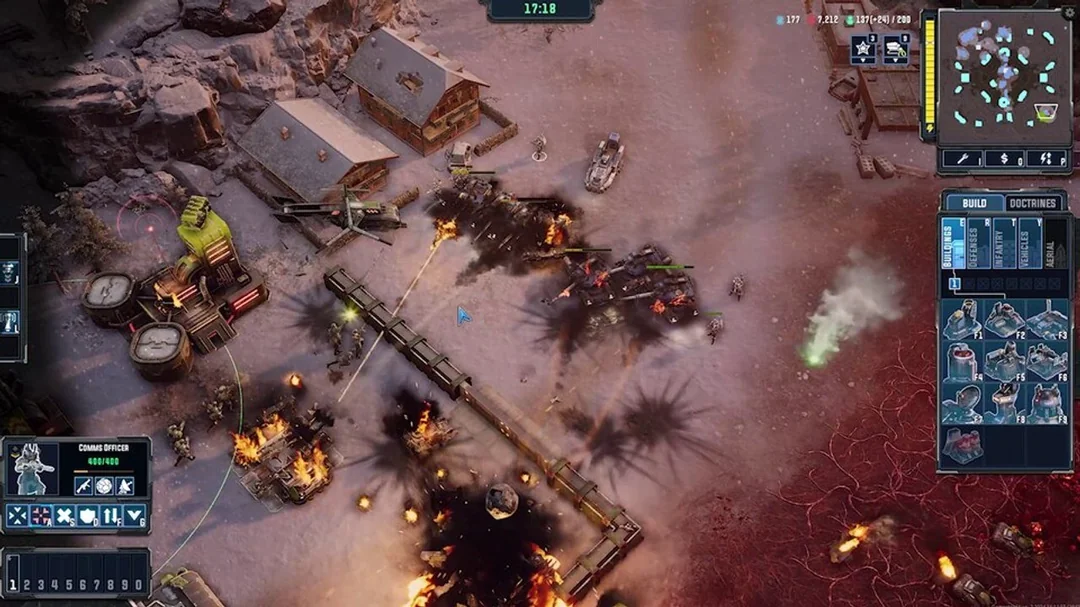
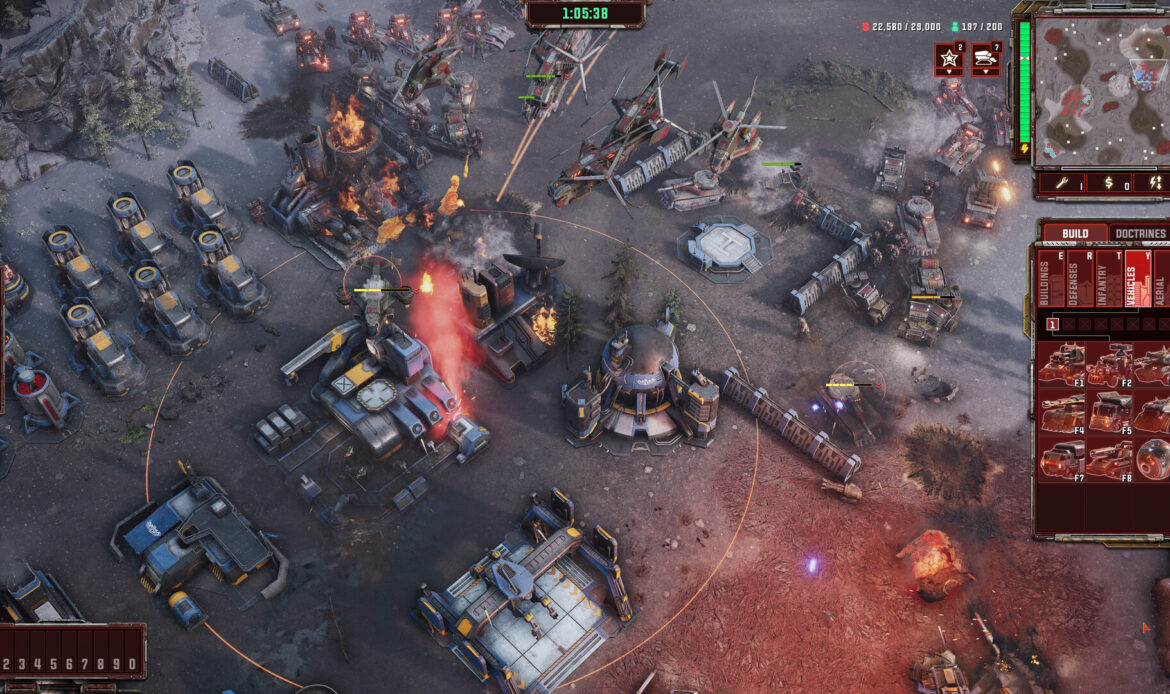
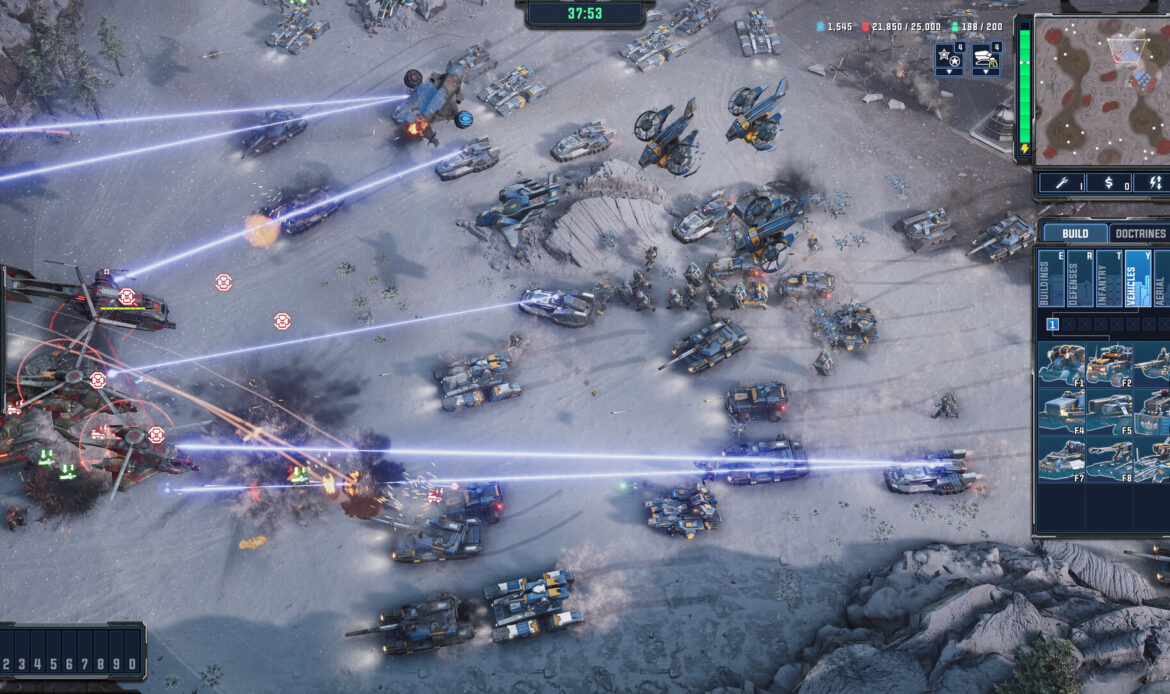
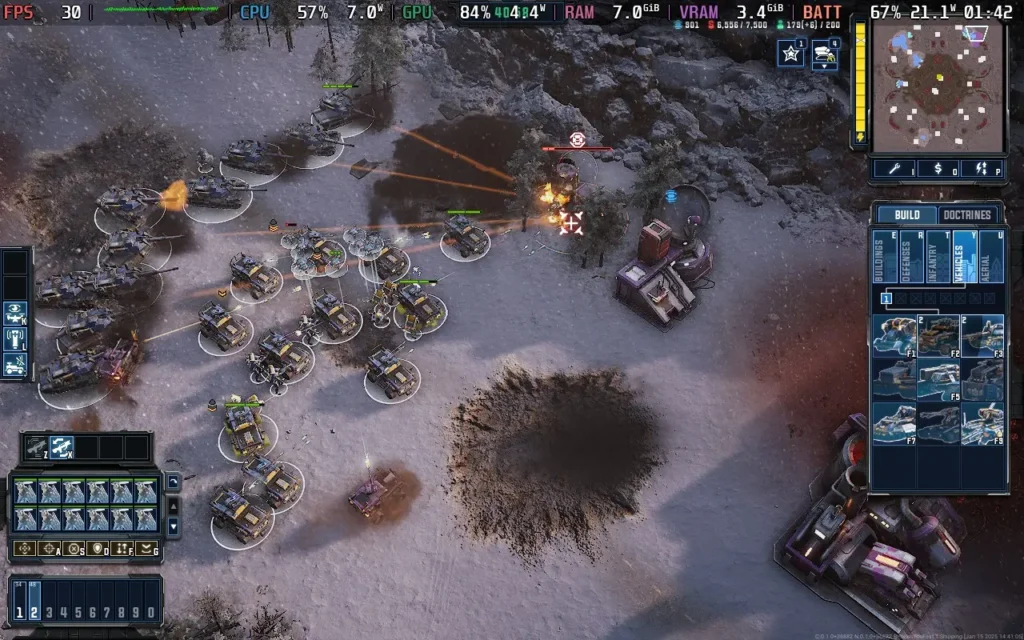
Some of the deeper systems, like the Doctrine tree, seem tailored more toward competitive players who can sustain longer matches and have the resources to experiment. These trees allow players to invest in passive upgrades like health boosts or unit speed, but most of these benefits only start to pay off once you’ve committed significant resources. For the average player, most matches might end before you’ve really tapped into the potential of these upgrades. Nonetheless, their presence hints at greater strategic layers for those willing to dig in and train up.
Unfortunately, the offerings for competitive multiplayer feel fairly thin at the moment. Ranked play is restricted solely to 1v1 matches, and the map pool is just as limited — six for 1v1, and three that accommodate 2v2 or free-for-all scenarios. Without a timeline for the Veti faction or further content expansions, the variety is lacking, especially compared to other titles in the genre. It’s a lean package, and though the core gameplay is solid, the lack of breadth makes it tough to recommend to anyone looking for a deep or long-term competitive experience right now.
The available maps themselves are structurally sound, sticking to classic symmetrical designs that offer a mix of terrain elevation, choke points, alternate paths, and neutral structures ripe for capture. These neutral points provide some tactical variety — giving you spots to forward-deploy units or generate bonus resources — but there are no particularly bold or innovative layouts in the rotation. The maps do their job, but none of them leave a lasting impression. With no dramatic environmental hazards or unconventional design twists, the battlefield feels a bit generic.
In short, Tempest Rising’s multiplayer mode plays it safe. It offers a visually upgraded, familiar RTS experience with tight, fast-paced matches that echo the glory days of late ’90s and early 2000s strategy games. And that does carry value — the classic feel is certainly there, and it’s fun to spar against others (or bots) using two well-crafted but familiar factions. However, the lack of content and innovation makes it feel more like a promising demo than a fully realized competitive platform. It’s definitely a viable multiplayer experience, but until more factions, maps, and game modes are added, it’s hard to shake the feeling that this is just the start of something, rather than the whole thing.

